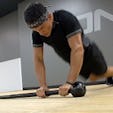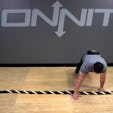‘Neutral Spine’ is spoken more than any other phrase when I’m training someone how to properly use a kettlebell. I preach the importance of a neutral spine with a vast majority of not just kettlebell exercises, but all movements. So why are so definitive on this concept and why do we believe it is so important?
Firstly, we need to define what a neutral spine is as we often have people confused with what actually constitutes a neutral spine. The greatest misnomer is that it is a flat spine. This, of course, is not true. The spine has ‘natural’ curves that need to be maintained under load.
Performing the Kettlebell Swing with a Neutral Spine (Eyes on the Kettlebell)
Defining a neutral spine even further is problematic as the angles can differ between people (for example women have more of an anterior pelvic tilt than men). However, the optimal spine curvatures are between 30-35 degrees for the lumbar lordosis and the same for the thoracic kyphosis and cervical lordosis (Chek 2001).
A neutral spine can also be characterized by the position where there is the least possible stress to the surrounding passive subsystem of the joints.
When we compromise these curvatures and place more stress on the surrounding subsystem of joints, then we increase the likelihood of an injury occurring. 60-80% of the population suffers back pain or injury at some point. In the majority of cases, this could have been avoided with proper spinal positioning both when exercising with a kettlebell and when performing everyday activities.
I often hear the lay person say that “Kettlebells are bad for the back”. It’s true…. Kettlebell exercises are bad for the back when they are performed without a neutral spine. While maintaining a neutral spine the opposite is true – kettlebell swings are one of the best exercises for developing strength in the lower back and posterior chain.
One of the areas that is most contentious is the neck position in movements such as the swing, clean and snatch. The neck is part of the spine yet people love to look upwards throughout the motion. Overemphasized lordosis in the neck will trickle down to the thoracic and lumbar spine (Weingroff).
You see, the hyperextended curve in the neck will need to find compensation further down the spine and therefore, further lordosis of the lumbar spine will occur. This means we increase the potential for stress in the spine and can increase the shearing forces in the discs.
Most Common Mistake #1. The Kettlebell Swing with the Neck Hyperextended
You may be completing kettlebell swings with excessive lumbar flexion and not feel it in your back as you do so. However, you are most definitely doing long term damage and there will be significant ramifications in the future. Repeated flexion of the spine leads to shortened tissues on one side of the joint and lengthened tissues on the other.
The shortened tissues become compressed and dehydrated and this leads to a decrease in contractile strength. On the other side, the lengthened tissues will lose their tensile strength. This decreased strength can culminate to a greater vulnerability to injury from decreasing loads (McGill, 2002).
It is quite common to see people suffer a back injury after doing something innocuous such as sneeze, lift a light load or pick up their child. It is the years of excessive flexion and loss of neutral spine that led to this point and created this vulnerability.
Most Common Mistake #2. The Kettlebell Swing with Excessive Lumbar Flexion
Excessive lumbar hyperextension at the top of the kettlebell swing or deadlifts is also quite common and happens unknowingly in many cases. This has the potential to damage the facet joints and impact the nerves. It should be avoided at all costs.
Most Common Mistake #3. Hyperextension in the Kettlebell Swing
Quite often you may be completing movements without a neutral spine and may be totally unaware. Many people find it difficult to coordinate a hip hinge movement whilst maintaining a neutral spine.
They lack lumbopelvic rhythm and there is excessive flexion or extension somewhere in the spine as a compensation. Creating an awareness of moving with a neutral spine is a necessity and there are a few techniques that can reinforce this.
The first is completing the hip hinge with a dowel held along the spine. The key is to maintain the 3 points of contact (head, in between the shoulder blades and the sacrum) on the dowel.
The Dowel Technique
Once you are proficient with the movement and maintaining contact, then you can add an external load and remove the dowel. Getting a video of your movements via the application ‘Coach’s Eye’ is a great way of monitoring the technique and ensuring the neutral spine is maintained.
The ability of the spine to handle compressive forces is also vastly diminished when it is not in a neutral position. In addition, performing exercises – all exercises, not just kettlebell exercises – with a neutral spine also optimizes the length-tension relationships that allow a greater capacity to generate force. Transversus abdominus activation is also optimized.
Maintaining a neutral spine leads to less injuries, unnecessary compensations, energy conservation, better core activation and an increased capacity to handle compressive forces as well as improved scapular mechanics.
I hope you can now see why we so passionately preach the importance of a neutral spine within our courses and are convinced it is imperative when doing a kettlebell workout, but with other forms of functional training as well.
The Kettlebell Swing: Correct Vs. Incorrect Form
References
Chek, P. (2001). Movement that Matters
McGill, S. (2002). Low Back Disorders: Evidence Based Prevention and Rehabilitation.
Weingroff, C. (2010). Packing the Neck. https://charlieweingroff.com/2010/11/packing-in-the-neck/

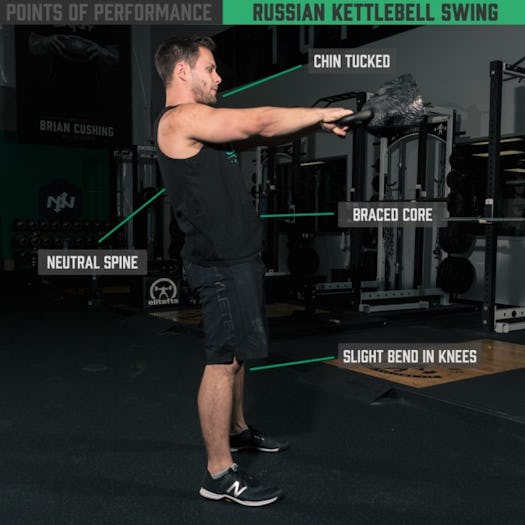
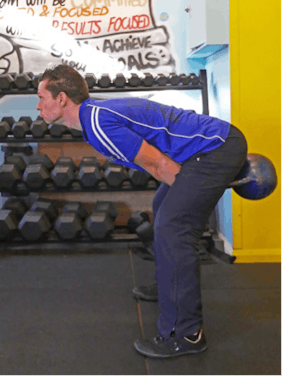
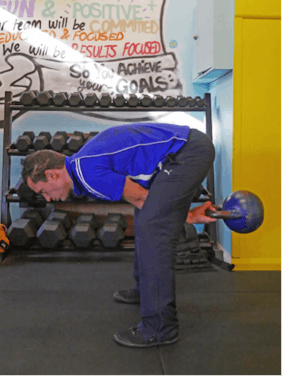
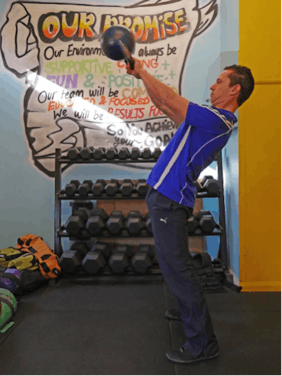
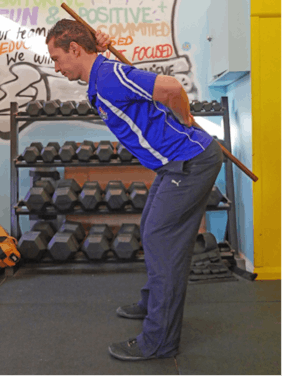
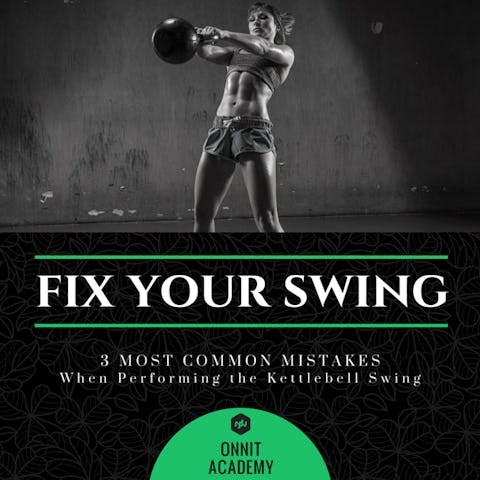
)


